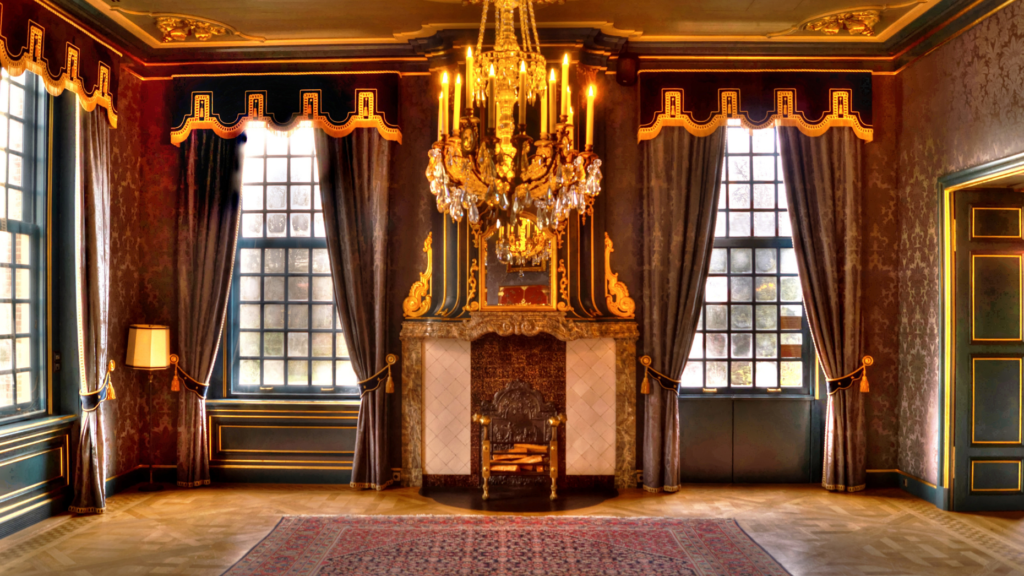With roots in the British royal family, Victorian architecture found expression in a wide variety of architectural styles, according to broker Gerard Splendore. Today, you will recognize Victorian houses by their grand scale, ornate exteriors and interiors featuring fine craftsmanship.
Looking for more advice? Check out Inman’s New Agent Essentials.
American housing styles have changed, and continue to change, throughout the country and as homeowners’ tastes and lifestyles have evolved. As the country has undergone industrial and economic changes, both good and not so good, housing styles have adapted out of necessity.
In this new series, I will walk you through the predominant housing styles of the past 12 decades, beginning in 1900. A basic understanding of each architectural style that defines a decade will position you as a knowledgeable agent with your clients and make searching for a home with your buyers easier for everyone.
Lifestyle changes, like multiple generations living in the same house and the need and desire for household servants and the requirement to provide lodging for them, were typical of American housing in 1900.
A queen’s influence
Because England’s Queen Victoria was on the throne for so long — from 1837 to 1901 — her influences on lifestyle, fashion, art, interiors and architecture were profound and long-lasting. In 1900, the Victorian-style house, in many different sizes, styles and levels of ornateness, was at its peak.
The desire to emulate Queen Victoria’s housing taste could be attributed to increased social mobility and the nouveau riche tastes of Americans profiting from the Industrial Revolution.
Victorian-style houses are characterized by highly pitched roofs, ornate gables and trim, bay windows, two-over-two sash windows (suspended by a single astragal bar on each sash), decorative brickwork, stained glass, towers and turrets, intricate woodworking and rich colors. Excess is a hallmark of Victorian architecture.
While the style can be attributed to the royal family of Great Britain, modest homes, even farmhouses, were constructed in the Victorian style. Even row houses for factory workers were constructed in the Victorian style.
Various styles of Victorian architecture
The varying types of Victorian styles include:
- Queen Ann Victorian, characterized by wrap-around porches
- Italianate Victorian, which echoed the villa style from Italy and featured columns, narrow windows and ornate trim
- Gothic Revival Victorian, inspired by medieval churches, featuring pointed arches.
Farmhouses designed in the Victorian Style were named Folk Victorian and, as the name suggests, were smaller, less ornate and located in rural areas. Romanesque Revival Victorians were also influenced by historic churches constructed in the Italian style.
Interior features of the Victorian home
The interiors of Victorian houses had many separate spaces and a strict separation of public and private spaces from utilitarian spaces such as kitchens and laundries. Pocket doors — often with stained glass, ornate carving and finely crafted hardware — allowed residents to separate rooms and areas from other parts of the house. Duplication of rooms is evidenced by multiple parlors, dens, libraries and billiard rooms in the same house.
The Victorian lifestyle was formal, with servants relegated to back stairways and corridors not used by the family or guests. Dining in formal dining rooms and breakfast rooms was standard, with tea taken in parlors, garden rooms or tea rooms, additional evidence of duplication of spaces.
Old homes dwelling in modern times
Realtors of 2022 will recognize Victorian houses by their grand scale, ornate exteriors and interiors with fine craftsmanship. Carved balustrades, moldings, ceilings, built-in sideboards and glass-fronted bookcases are sure signs that a house is of Victorian vintage or influence.
Victorian houses will hopefully be updated with modern heating and cooling, newer bathrooms and kitchens, and ideally, modern insulation. The grand floorplan, high ceilings and stained-glass windows will attract buyers who desire this style.
Victorian homes tend to be grouped in certain neighborhoods. Be warned that some of the efforts in the past 100 years to modernize and update these houses may have resulted in less-than-ideal renovations.
Gerard Splendore is a licensed associate real estate broker with Warburg Realty in New York. Connect with him on LinkedIn.



 Are You Interested in West Eleventh Residences Miami?
Are You Interested in West Eleventh Residences Miami? Are You Interested in ONE Park Tower by Turnberry?
Are You Interested in ONE Park Tower by Turnberry? Are You Interested in Diesel Wynwood Condominium?
Are You Interested in Diesel Wynwood Condominium? Are You Interested in Five Park Miami Beach?
Are You Interested in Five Park Miami Beach? Are You Interested in Cipriani Residences Miami?
Are You Interested in Cipriani Residences Miami? Are You Interested in Bentley Residences Miami?
Are You Interested in Bentley Residences Miami? Are You Interested in Baccarat Residences Brickell?
Are You Interested in Baccarat Residences Brickell? Are You Interested in Aria Reserve Miami?
Are You Interested in Aria Reserve Miami? Are You Interested in 888 Brickell Dolce & Gabbana | Miami?
Are You Interested in 888 Brickell Dolce & Gabbana | Miami? Are You Interested in 600 Miami WorldCenter?
Are You Interested in 600 Miami WorldCenter? Are You Interested in HUB MIAMI RESIDENCES?
Are You Interested in HUB MIAMI RESIDENCES? Are You Interested in WALDORF ASTORIA RESIDENCES?
Are You Interested in WALDORF ASTORIA RESIDENCES?